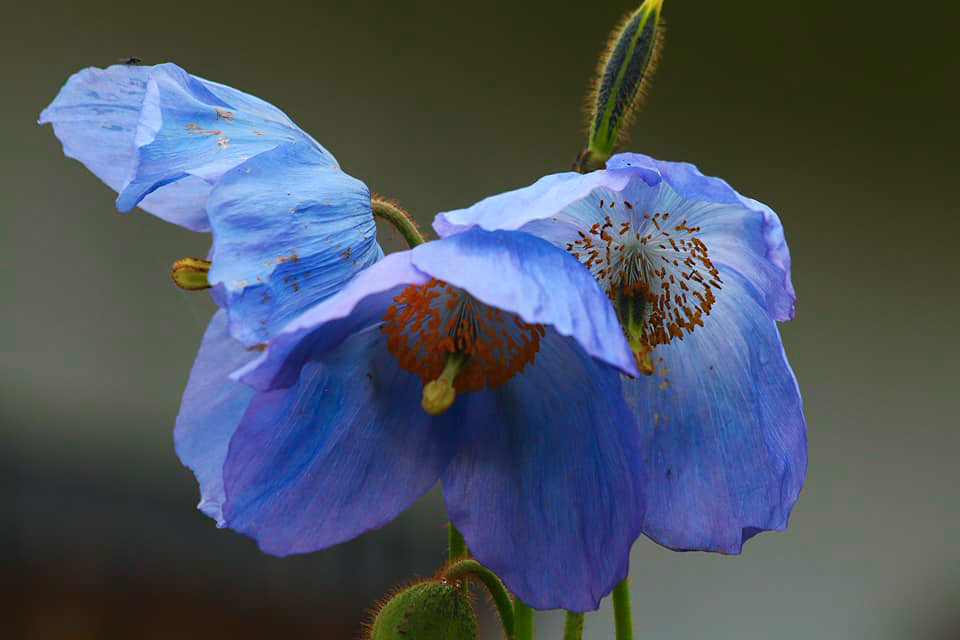
In the remote Himalayan kingdom of Bhutan, a flower of unparalleled beauty and mystique reigns supreme – the Blue Poppy or Meconopsis Gakyidiana. With its distinctive bluish-purple petals and contrasting golden stamens, this rare poppy has been crowned the National Flower of Bhutan.
This elusive bloom was first discovered in 1933 by British botanist George Sherriff in the remote Sakteng area of eastern Bhutan. A member of the Meconopsis genus, it is native to the eastern Himalayas across Bhutan, Tibet (China), and Nepal at elevations ranging from 3,700 – 4,500m. Able to withstand freezing temperatures and gusty winds, the Blue Poppy typically grows gregariously alongside shrubs and tall herbs in open alpine pastures.
In Himalayan Buddhist cultures, the Blue Poppy’s distinctive indigo hue represents the ideals of calmness, peace and the ultimate pursuit of nirvana. For the people of Bhutan, this precious bloom is a revered icon, exemplifying their reverence for nature and the sacred elements.
The Blue Poppy’s very name in the kingdom’s native Dzongkha language also holds profound symbolism – “Gakyid” translates to “happiness”, while “diana” refers to the flower itself. Thus, Meconopsis Gakyidiana embodies Bhutan’s deeply rooted ethos of pursuing happiness through environmental preservation and spiritual enlightenment. Beyond its sheer rarity and beauty, the Blue Poppy carries sacred symbolic meanings intertwined with the cultural identity of the nation.
The discovery of Meconopsis Gakyidiana, along with other Meconopsis species like Meconopsis elongata and Meconopsis merakensis, has added to the incredible biodiversity found in Bhutan’s untouched natural landscapes. The kingdom is now home to 15 Meconopsis species in total, further enhancing its status as a botanical paradise.
When exploring Bhutan’s pristine natural landscapes, like the rhododendron forests, be on the lookout for this enchanting royal bloom. An encounter with the Blue Poppy is considered a fortuitous omen, signaling that happiness and good fortune lie ahead.



